The huge expansion of the piping industry where it is today is mainly for the available codes, standards, and recommended practices. The main concern for designing any process plant is the safety of the personnel involved. Design of Piping systems complying with these codes, standards, or recommended practices ensures safety along with standardization of required items. Every piping engineer should possess a basic knowledge of the extensively used piping codes and standards. The following write-up will try to provide a sum-up of common piping codes and standards that are extensively used in the process piping industry.
Difference between Piping Codes and Standards
Codes in the piping industry prescribe requirements for the design, materials, fabrication, erection, examination, assembly, test, and inspection of piping systems, whereas standards contain design and construction rules and requirements for individual piping components such as elbows, tees, returns, flanges, valves, and other in-line items.
Compliance with the code is generally mandated by regulations imposed by regulatory and enforcement agencies. At times, the insurance carrier for the facility leaves hardly any choice for the owner but to comply with the requirements of a code or codes to ensure the safety of the workers and the general public.
On the other hand, compliance with piping standards is normally required by the rules of the applicable code or the purchaser’s specification.
Recommended Practice
Recommended Practices, prepared by professional organizations or professional bodies are an optional set of documents that can be used for good engineering practice.
Even though every country has its own codes and standards but still the American codes and standards are most widely used. The major codes and standards which are used in the day-to-day piping applications are listed below:
A. ASME Codes for Piping Industry
ASME B31: Code for Pressure Piping
ASME B31.3 – Process Piping Code
This piping code normally provides rules for piping found in petroleum refineries, chemical, pharmaceutical, textile, paper, semiconductor, and cryogenic plants, and related processing plants and terminals including piping for fluids like raw, intermediate, and finished chemicals, petroleum products, gas, steam, air and water, fluidized solids, refrigerants, cryogenic fluids, etc. For process piping professionals this code is of utmost importance.
This Code does not provide information on the following:
(a) piping systems designed for internal gage pressures at or above zero but less than 105 kPa (15 psi), provided the fluid handled is nonflammable, nontoxic, and not damaging to human tissues and its design temperature is from −29°C (−20°F) through 186°C (366°F).
(b) power boilers and boiler external piping which is required to conform to ASME B31.1.
(c) tubes, tube headers, crossovers, and manifolds of fired heaters, which are internal to the heater enclosure
(d) pressure vessels, heat exchangers, pumps, compressors, and other fluid handling or processing equipment, including internal piping and connections for external piping.
(e) piping covered by ASME B31.4, B31.8, or B31.11, although located on the company property
(f) plumbing, sanitary sewers, and storm sewers.
(g) piping for fire-protection systems
(h) piping covered by applicable governmental regulations
ASME B31.1 – Power Piping Code
This piping code provides requirements for piping typically found in electric power generating stations, in industrial and institutional plants, geothermal heating systems, and central and district heating and cooling systems. This code is mainly important for Power piping professionals. It does not apply to the piping systems covered by other sections of the Code for Pressure Piping, and other piping which is specifically excluded from the scope of this code.
ASME B31.4 – Pipeline Transportation Systems for Liquids and Slurries
This code provides requirements for piping transporting liquids between production facilities, tank farms, natural gas processing plants, plants and terminals, and within terminals, pumping, regulating, metering stations, and other delivery and receiving points.
ASME B31.5 – Refrigeration Piping and Heat Transfer Components
This code prescribes requirements for piping for refrigerants, heat transfer components, and secondary coolants for temperatures as low as -320 degrees F (-196 degrees C)
ASME B31.8 – Gas Transmission and Distribution Piping Systems
This code covers the piping transporting products that are mostly gas (Liquefied Petroleum Gas) between sources and terminals. This code also covers the safety aspects of the operation and maintenance of those facilities.
Other relevant ASME B codes for piping industries are
- ASME B31.9 – Building Services Piping
- ASME B 31.2 – Fuel Gas piping
- AMSE B31.11 – Slurry Transportation Piping Systems.
- ASME B31.12 – Hydrogen Piping and Pipelines.
B. ASME Boiler and Pressure Vessel Code
The ASME BPVC code contains 11 sections as mentioned below:
- Section I Power Boilers
- Section II Material Specifications
- Section III Rules for Construction of Nuclear Power Plant Components
- Section IV Heating Boilers
- Section V Nondestructive Examination
- Section VI Recommended Rules for Care and Operation of Heating Boilers
- Section VII Recommended Rules for Care of Power Boilers
- Section VIII Pressure Vessels
- Section IX Welding and Brazing Qualifications
- Section X Fiber-Reinforced Plastic Pressure Vessels
- Section XI Rules for In-Service Inspection of Nuclear Power Plant Components
Out of these 11 sections, Section VIII is very important for Process Piping engineers.
C. Piping Component Standards
The major piping component standards that are used frequently are listed below:
- ASME B16.1: Cast Iron Pipe Flanges and Flanged Fittings
- ASME B36.10M: Welded and Seamless Wrought Steel Pipe
- ASME B36.19M: Stainless Steel Pipe
- ASME B16.9: Factory-Made Wrought Steel Buttwelding Fittings
- ASME B16.5: Pipe Flanges and Flanged Fittings
- ASME B16.37: Hydrostatic Testing of Control Valves
- ASME B16.11: Forged Fittings, Socket Welding and Threaded
- ASME B16.3: Malleable Iron Threaded Fittings, Class 150 and 300
- ASME B16.4: Cast Iron Threaded Fittings, Classes 125 and 250
- ASME B1.1: Unified Inch Screw Threads
- ASME B16.20: Metallic Gaskets for Pipe Flanges
- ASME B16.21: Nonmetallic Flat Gaskets for Pipe Flanges
- ASME B16.25: Buttwelding Ends
- ASME B16.10: Face-to-Face and End-To-End Dimensions of Valves
- ASME B16.36: Orifice Flanges
- ASME B16.34: Valves – Flanged, Threaded and Welding End
- MSS SP-58: Pipe Hangers and Supports — Materials, Design, and Manufacture.
- BS 6501, Part 1: Flexible Metal Hose
- NFPA 1963: Standard for Fire Hose Connections
Refer to ASME code B31.3 for more of the component standards
D. ASTM Standards
The American Society for Testing and Materials (ASTM) is a scientific and technical organization that develops and publishes voluntary standards on the characteristics and performance of materials, products, systems, and services. The standards published by the ASTM include test procedures for determining or verifying characteristics, such as chemical composition and measuring performance, such as tensile strength and bending properties. The standards cover refined materials, such as steel, and basic products, such as machinery and fabricated equipment. The standards are developed by committees drawn from a broad spectrum of professional, industrial, and commercial interests. Many of the standards are made mandatory by reference to applicable piping codes.
The major ASTM standards are listed below:
- A36: Carbon Structural Steel
- A105: Carbon Steel Forgings, for Piping Applications
- A106: Seamless Carbon Steel Pipe for High-Temperature Service
- A312: Seamless, Welded, and Heavily Cold-Worked Austenitic Stainless Steel Pipe
- A335: Seamless Ferritic Alloy Steel Pipe for High-Temperature Service
- A358: Electric-Fusion-Welded Austenitic Chromium-Nickel Alloy Stainless Steel Pipe for High-Temperature Service and General Applications
- A516: Pressure Vessel Plates, Carbon Steel, for Moderate and Lower-Temperature Service
- A671: Electric-Fusion-Welded Steel Pipe for Atmospheric and Lower Temperatures
- A672: Electric-Fusion-Welded Steel Pipe for High-Pressure Service at Moderate Temperatures
- Suggested reading for more on ASTM standards: Refer to ASME B31.3 Specification index for Appendix A.
E. API Standards
The American Petroleum Institute (API) publishes specifications, bulletins, recommended practices, standards, and other publications as an aid to the procurement of standardized equipment and materials.
The major ones are listed below for your reference:
- API RP 520: Recommended Practice for Sizing, Selection, and Installation of Pressure-Relieving Devices in Refineries.
- API 610: Centrifugal Pumps for Petroleum, Petrochemical, and Natural Gas Industries
- API 650: Welded Tanks for Oil Storage
- API 661: Air-Cooled Heat Exchangers for General Refinery Service
- API 560: Fired Heaters for General Refinery Service
- API 617: Axial and Centrifugal Compressors and Expander-compressors for Petroleum, Chemical, and Gas Industry Services
- API 618: Reciprocating Compressors for Petroleum, Chemical, and Gas Industry Services
- API 612: Petroleum, Petrochemical, and Natural Gas Industries-Steam Turbines-Special-purpose Applications
For more API Standards refer to the API website for their catalog of published standards.
There are several other codes and standards which are used in the piping industry including the AMERICAN WATER WORKS ASSOCIATION (AWWA), AMERICAN WELDING SOCIETY (AWS), AMERICAN SOCIETY OF SANITARY ENGINEERS, AMERICAN SOCIETY OF CIVIL ENGINEERS, AMERICAN SOCIETY FOR NONDESTRUCTIVE TESTING, AMERICAN IRON AND STEEL INSTITUTE, EXPANSION JOINT MANUFACTURERS ASSOCIATION, MANUFACTURERS STANDARDIZATION SOCIETY OF THE VALVE AND FITTINGS INDUSTRY, NATIONAL FIRE PROTECTION ASSOCIATION, TUBULAR EXCHANGER MANUFACTURERS ASSOCIATION, etc.
Also, there are non-American standards like BRITISH STANDARDS AND SPECIFICATIONS, RUSSIAN CODES, DIN STANDARDS AND SPECIFICATIONS, JAPANESE STANDARDS AND SPECIFICATIONS, ISO STANDARDS AND SPECIFICATIONS, etc. The user is requested to venture more of these standards in his own interest. Some of the Russian codes are listed below:
F. Russian Codes
GOST 32388-2013 Process Piping Stress Analysis, GOST 32569-2013 Process Piping Design-
These codes provide requirements for process piping design and analysis. GOST 23388-2013 Code covers such aspects as vacuum piping stability, creep in high-temperature piping, cryogenic piping stress analysis requirements, seismic analysis, HDPE piping stress analysis
RD 10-249-98 – Power Piping. Design and Stress Analysis
This code provides requirements for piping typically found in electric power generating stations, in industrial and institutional plants, and geothermal heating systems except for district heating systems.
GOST R 55596-2013 District Heating Systems Stress Analysis, SP 124.13330.2012 District Heating Systems Design
This code provides requirements for buried and above-ground district heating piping systems design and analysis.
SP 36.13330.2012 – Gas and Oil Transmission Piping Systems. Design and Stress Analysis
This code provides requirements for pipelines transporting gas and oil between production facilities, tank farms, natural gas processing plants, plants and terminals and within terminals, pumping, regulating, metering stations, and other delivery and receiving.
- GOST 34347-2017 Boiler and Pressure Vessel Code Design Requirements,
- GOST 34233-2017 Boiler and Pressure Vessel Code Stress Analysis Requirements
- GOST 34233.1-2017: General requirements
- GOST 34233.2-2017: Cylindrical and conical shells, convex and flat bottoms and covers
- GOST 34233.3-2017: Reinforcement of openings in shells and bottoms under internal and external pressure. Strength calculation of shells and bottoms under external static loads on the nozzle
- GOST 34233.4-2017: Strength and leak-tightness calculation of flange joints
- GOST 34233.5-2017: Calculation of shells and bottoms under the Influence of support loads
- GOST 34233.6-2017: Strength calculation under low-cyclic loads
- GOST 34233.7-2017: Heat-exchangers
- GOST 34233.8-2017: Jacketed vessels
- GOST 34233.9-2017: Vertical Column Vessels
- GOST 34233.10-2017: Vessels involving hydrogen sulfide media
- GOST 34233.11-2017: Method of strength calculation of shells and bottoms according to weld misalignment, angular misalignment, and shell no roundness
- GOST 34233.12-2017: Requirements for representation of the strength calculations carried out on the computer
- Piping Component Standards:
- Pipes: GOST 10705, 10706, 11068, 2095, 3262, 550, 8696, 8731, 8733, 9940, 9941, 53383, OST series 108x, 34x, TU 14-3-1080, 14-3-1128, 14-3-1160 and lots of other standards
- Bends: GOST 17375, 30753, OST series 108x. 34x and lots of other standards
- Tees: GOST 17376, OST series 108x. 34x and lots of other standards
- Flanges: GOST 33259 and lots of other standards


.jpg)
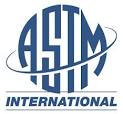.jpg)
.jpg)
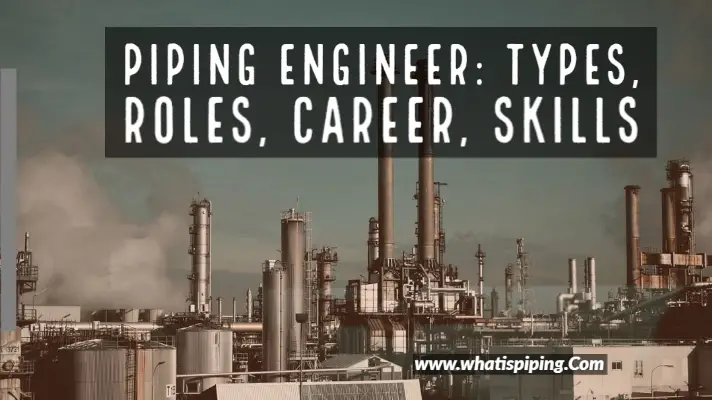

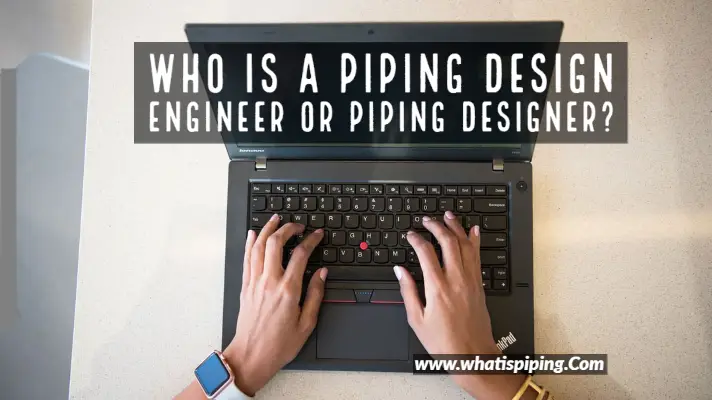
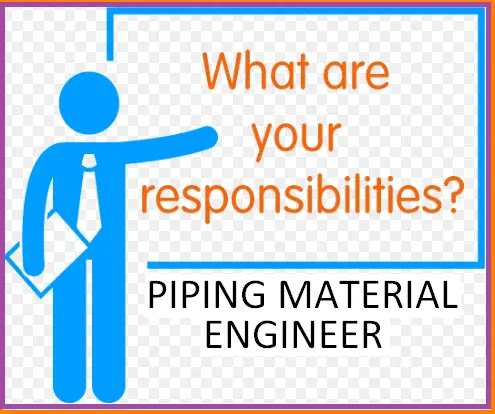
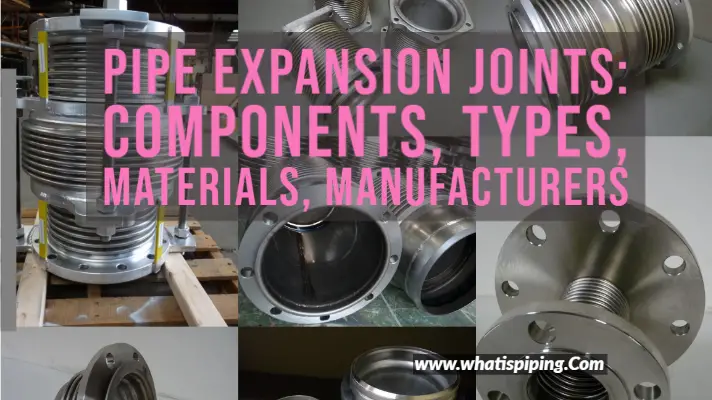


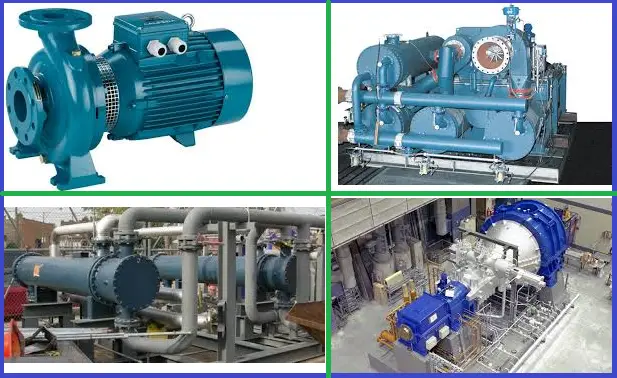
carbon steel seamless pipe
Nice blog.Informative blog.
Nice Blog!! Great Post !! Like your Blog and your ideas and i think its benificial for us and i keep to visit your blog regularly because i got lot of information through you blog
Pressure Pipe
Thanks for your nice comments. Pls subscribe with your mail. Then you will get the information for new content as and when published.
Thank you again for another” feel good, uplifting, that there are good people in this world story”. We read so many stories that are negavite about people and what they do to others. A random act of kindness is always such a great thing to hear about. Peace and blessings.
Plastic Pipe
Thanks a lot..
Thank you very much Anup..Nice compilation..very useful
Your style is really unique in comparison to other folks
I have read stuff from. Thank you for posting when you have the opportunity, Guess
I will just bookmark this site.
Anup – This is an excellent site and the articles are very interesting and informative. They serve the purpose of educating the piping stress engineers in good practices. This was a much needed website for the industry to ensure the piping design is done correctly. Congratulations. I am also impressed that every time I go back to the site I find new articles, very well written. Is there a comprehensive list of all the articles available from the blog?
Keep up the good work. Best Regards. Eli Levy
I am looking for where in ASME B31.3 that it mentions the British Standard 6501? I thought it was just in the newest 2018 revision, but was told it is in the 2015 one as well?
It is Very useful Sir…I am grateful and thank you for sharing .
Impressive sir !!, all the articles you had posted was really valuable and informative. I really appreciate your utmost effort, so keep on sharing to humans in order us to have a better safe world. Thank you..
Thanks for sharing knowledge, much appreciated!
Thank you for sharing this informative article, very much appreciated